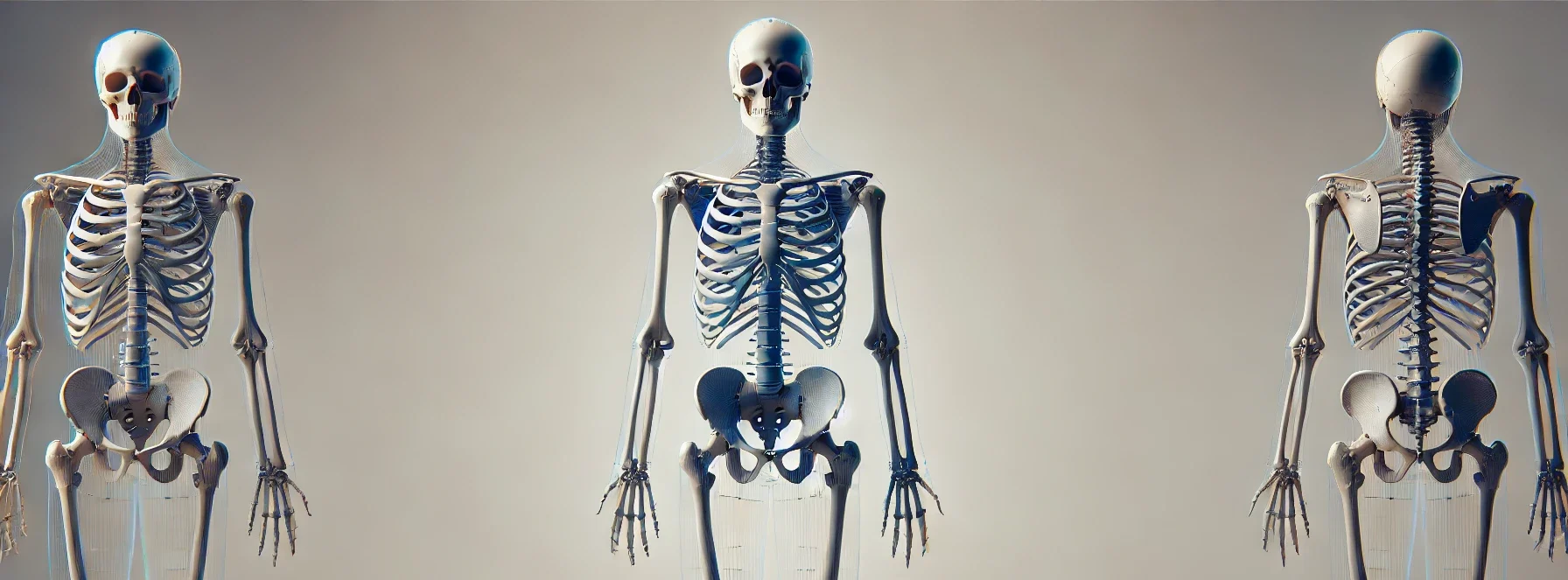Functional Classification of Joints
Functional classification of joints is based on the degree of movement allowed by the joint. There are three primary functional classification of joints: 1) Synarthrosis (Immovable Joints) These joints allow little or no movement. Example: Sutures of the skull. 2) Amphiarthrosis (Slightly Movable Joints) These joints permit limited movement. Example: The pubic symphysis and intervertebral … Read more






